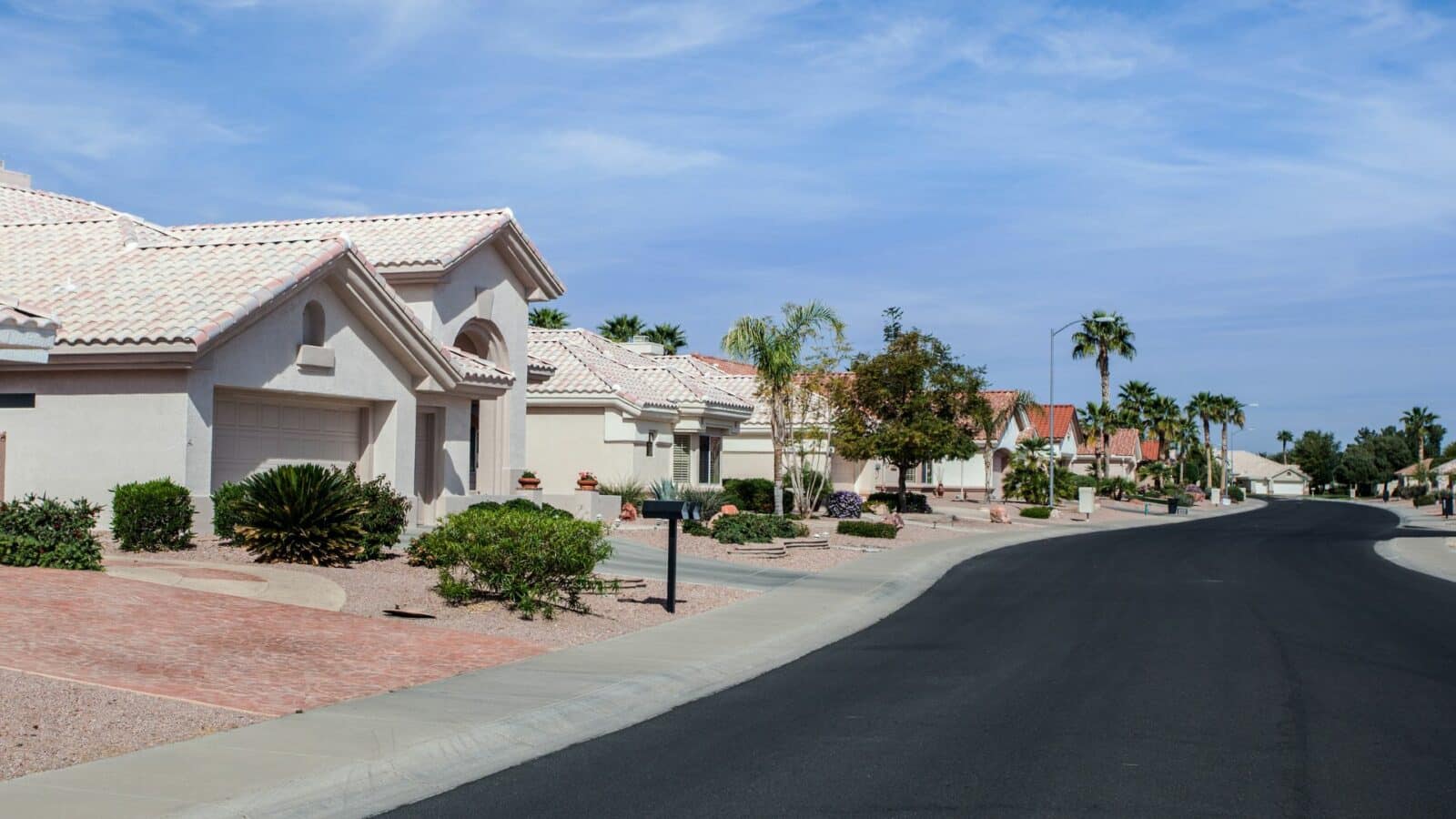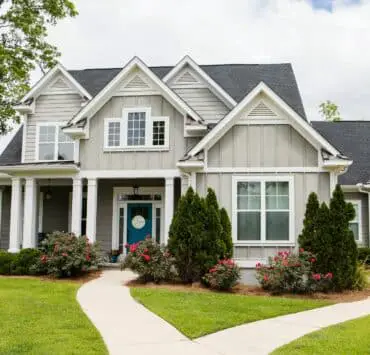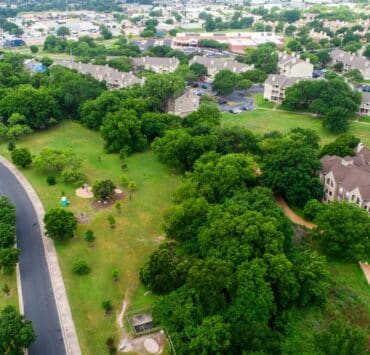In an era marked by skyrocketing home prices and escalating mortgage rates, young Americans prioritize affordable housing as their foremost concern in the upcoming presidential election. This generational shift reflects the economic challenges faced by Gen Z and Millennial voters, whose voices are becoming increasingly influential in shaping national policies.
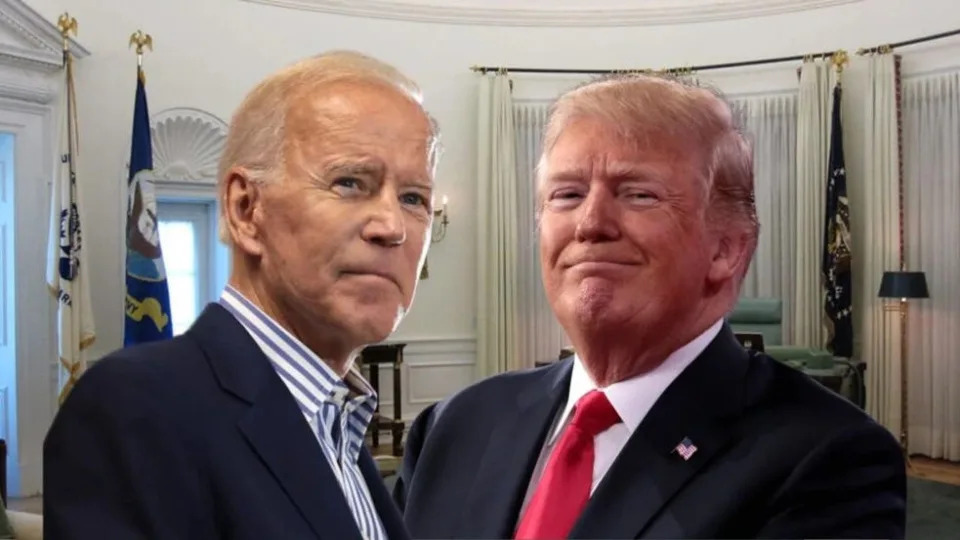
The Growing Importance of Housing Affordability
Over 90% of Gen Z voters and 85% of Millennial voters rank housing affordability as their top concern, according to recent surveys. This statistic outstrips traditional hot-button issues such as the economy and abortion rights, signaling a significant shift in voter priorities. A Redfin survey involving approximately 3,000 U.S. homeowners and renters highlights this trend, showing that younger generations are particularly affected by the unaffordable housing market.
Generational Divide in Voter Concerns
While the overall economy remains the primary issue for Gen Xers and Baby Boomers, housing affordability is emerging as the chief concern for Gen Z and Millennials. The Redfin survey found that 91% of adult Gen Zers and 87% of Millennials consider housing affordability a key issue in their voting decision. In contrast, 83% of Gen Xers and 80% of Baby Boomers share this concern. This divide quantifies the economic hurdles younger Americans face due to soaring home prices and elevated mortgage rates, which have made homeownership increasingly out of reach.
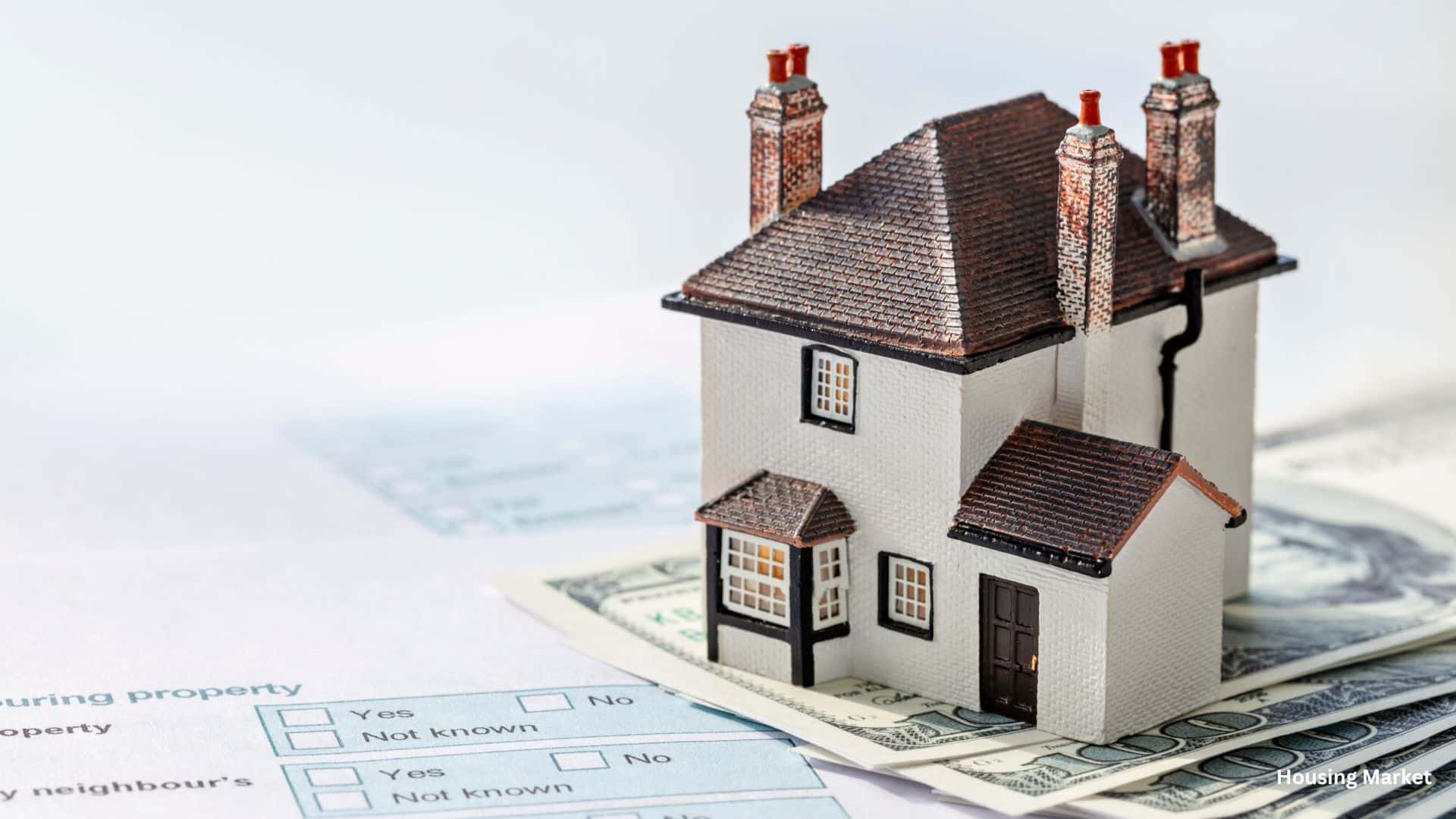
The Economic Reality for Younger Americans
The surge in home prices, which have increased roughly 38% since the pre-pandemic period to $442,500, has exacerbated the affordability crisis. High mortgage rates, unseen since the turn of the century, make 2024 the least affordable year on record for homebuyers. This situation has particularly impacted young Americans, with only 26% of adult Gen Zers and 43% of Millennials owning a home—far below the national average of 65%. The lack of equity from previous home sales makes it more difficult for first-time buyers to afford down payments and mortgage payments in today’s expensive market.
Rental Market Challenges
The rental market has also become more costly, with the median U.S. asking rent increasing over 20% since 2019. This increase prevents younger generations from saving for a home. “Young people care about other political issues, like immigration and abortion rights, but they’re more likely to cite housing affordability as a factor in their vote because it directly impacts the roof over their head, their lifestyle, and their ability to build wealth,” noted Redfin Senior Economist Elijah de la Campa.
Political Proposals on Housing Affordability
To address these concerns, President Joe Biden has proposed measures to alleviate housing costs, including a $10,000 tax credit for first-time homebuyers spread over two years to help offset higher interest rates. Biden’s plan also includes a one-year tax credit of up to $10,000 for middle-class families who sell homes below the median price in their area and initiatives to build or renovate more than 2 million housing units. Additionally, Biden proposed providing $25,000 in down-payment assistance to first-generation homebuyers.

In contrast, former President Donald Trump’s approach focuses on increasing the supply of affordable housing by encouraging the construction of new homes on the outskirts of cities and suburban areas, where land is less expensive. If elected, Trump plans to reverse Biden’s housing regulations aimed at suburbs and proposes lowering inflation and mortgage rates by boosting domestic energy production and curbing government spending.

Young Americans Prioritize Affordable Housing
As the 2024 presidential election approaches, young Americans prioritize affordable housing more than ever. This concern reflects the economic challenges they face and their need for policies that address the affordability crisis. By understanding and addressing these issues, presidential candidates can better connect with Gen Z and Millennial voters, whose priorities are reshaping the political landscape.
Related posts:
 Decline in Home Prices: Anticipating a Shift in 2024
Decline in Home Prices: Anticipating a Shift in 2024
 Maryland Governor Legislative Agenda: Military Families, Housing, and Public Safety in 2024
Maryland Governor Legislative Agenda: Military Families, Housing, and Public Safety in 2024
 Nashville’s Zoning Bills for Middle-Income Housing Spark Contentious Debate
Nashville’s Zoning Bills for Middle-Income Housing Spark Contentious Debate
 Tampa Affordable Housing Initiative Breaks Ground on New 188-Unit Building
Tampa Affordable Housing Initiative Breaks Ground on New 188-Unit Building
 Navigating the Decline: Florida Condo Prices Dropping Amidst Rising Costs
Navigating the Decline: Florida Condo Prices Dropping Amidst Rising Costs
